Keeping fish in a home aquarium can be a rewarding experience, but creating the right environment is crucial for their health and well-being. One often overlooked aspect of aquarium design is the inclusion of adequate hiding spots. For many species of fish, hiding places aren’t just decorative elements—they’re essential for reducing stress and promoting natural behaviors. Fish in captivity face unique challenges that their wild counterparts don’t encounter, and providing shelter can make a significant difference in their quality of life. Understanding why fish seek out hiding spots and how these retreats benefit them can help aquarists create more species-appropriate habitats that promote thriving, active fish communities.
The Natural Instinct to Hide
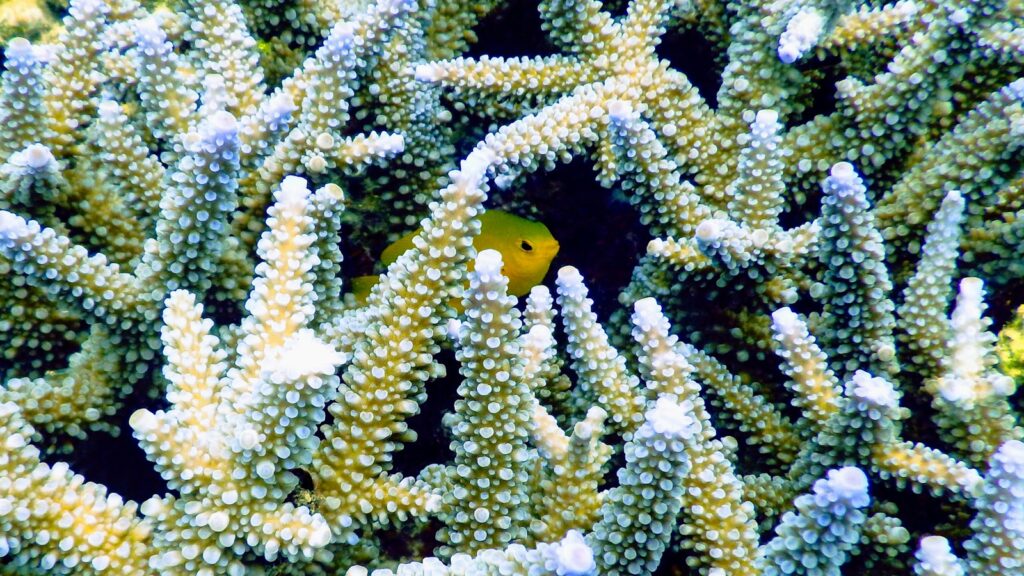
In the wild, most fish species have evolved with strong instincts to seek shelter when they feel threatened. This behavior isn’t a sign of weakness, but rather a sophisticated survival strategy that has been honed over millions of years of evolution. Predator avoidance is perhaps the most obvious reason for hiding—small fish are constantly vulnerable to larger predators in natural ecosystems. Even in a predator-free aquarium, these instincts remain deeply ingrained. Fish don’t understand they’re in a protected environment, so they continue to respond to perceived threats as they would in the wild. Without appropriate hiding places, fish may remain in a constant state of alertness, causing chronic stress that can compromise their immune systems and overall health.
Understanding Fish Stress

Stress in fish manifests differently than in mammals but is equally detrimental to their health. When fish experience stress, their bodies release cortisol and other hormones that initiate a physiological response similar to our “fight or flight” reaction. While this response is helpful in short bursts for evading predators, chronic stress can suppress the immune system, disrupt normal bodily functions, and make fish susceptible to diseases. Visual signs of stress include rapid gill movement, erratic swimming, color fading, loss of appetite, and, in some cases, abnormal aggression or lethargy. In community tanks, stressed fish may become targets for bullying or develop fin-nipping behaviors that disrupt the harmony of the aquarium. By providing hiding spots, aquarists can help break this stress cycle before it leads to serious health problems.
Territorial Behavior and Privacy

Many aquarium fish species are naturally territorial and require personal space to feel secure. Without defined territories created by hiding spots, fish may become constantly aggressive as they attempt to establish and defend unclear boundaries. Cichlids, bettas, and many catfish species are particularly known for their territorial tendencies and benefit greatly from having distinct zones they can claim as their own. Even schooling fish that generally prefer company sometimes need temporary withdrawal from the group. Having multiple hiding places throughout the tank allows for the establishment of natural hierarchies without excessive aggression. For breeding species, private areas are especially important as they provide safe spaces for courtship, spawning, and protecting eggs from other tank inhabitants.
The Impact of Aquarium Lighting
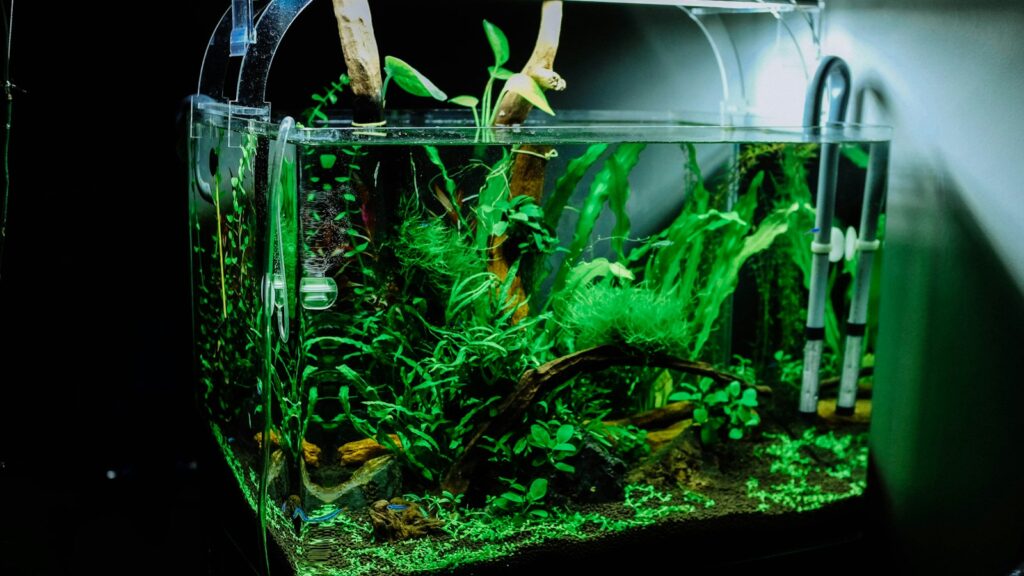
Modern aquariums often feature bright lighting systems that enhance plant growth and showcase vibrant fish colors, but this constant illumination can be stressful for many species. In nature, fish experience varying light conditions throughout the day and can retreat to shaded areas when lighting is intense. Many bottom-dwelling species and those from heavily planted or forested waterways are accustomed to dim conditions and find bright lights particularly stressful. Hiding places that offer shade and shadow allow light-sensitive species to regulate their exposure and maintain natural behavior patterns. Without these retreats, fish may become disoriented, show reduced activity, or display unnatural swimming patterns as they unsuccessfully attempt to escape the constant brightness.
Species-Specific Needs for Cover
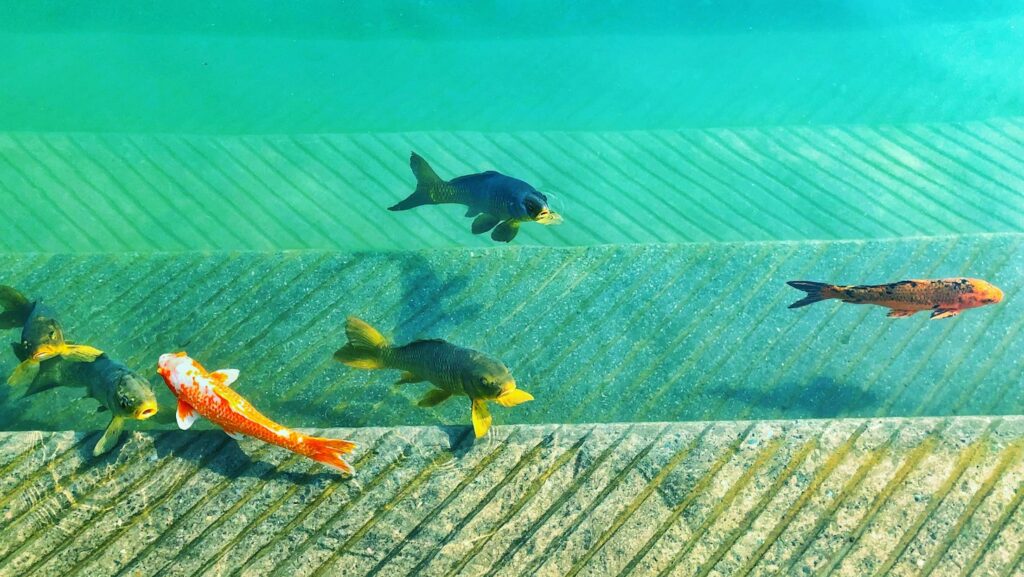
Different fish species have evolved with varying requirements for shelter based on their natural habitats and behaviors. Bottom-dwelling species like plecos and many catfish species prefer cave-like structures where they can rest during daylight hours. Angelfish and discus appreciate vertical plants or structures that mimic the submerged tree roots of their Amazon basin homes. Bettas benefit from floating plants that provide overhead cover similar to the surface vegetation in their native rice paddies. Small tetras and rasboras feel most secure in densely planted areas that resemble their natural blackwater habitats. Understanding the specific hiding preferences of each species in your aquarium allows you to create targeted shelter options that meet their individual needs rather than using a one-size-fits-all approach.
Signs Your Fish Need More Hiding Spots
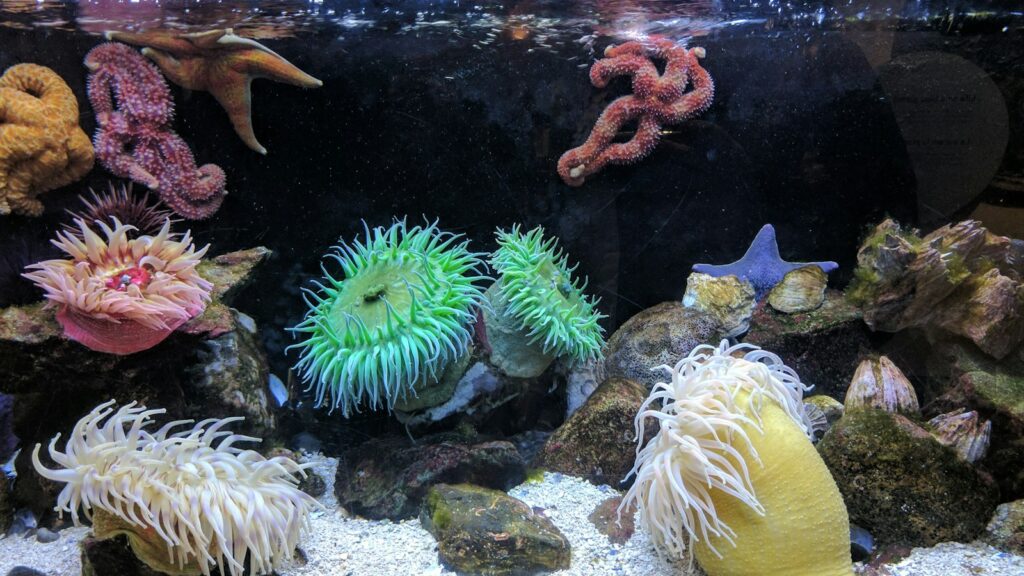
Observant aquarists can identify when their fish are lacking adequate hiding places by watching for specific behavioral cues. Fish that constantly hover in corners or behind filter intakes are actively seeking shelter where none exists. Excessive hiding by normally active species can indicate that they feel overly exposed when swimming in open water. Increased aggression, particularly chasing other fish away from limited hiding spots, suggests competition for scarce shelter resources. Skittish behavior, such as darting away when someone approaches the tank or when lights suddenly turn on, often indicates fish feel too exposed. Color loss, particularly darkening or fading, can be a stress response to inadequate cover. These signs collectively suggest that additional hiding options would benefit the tank community and reduce overall stress levels.
Natural vs. Artificial Hiding Places
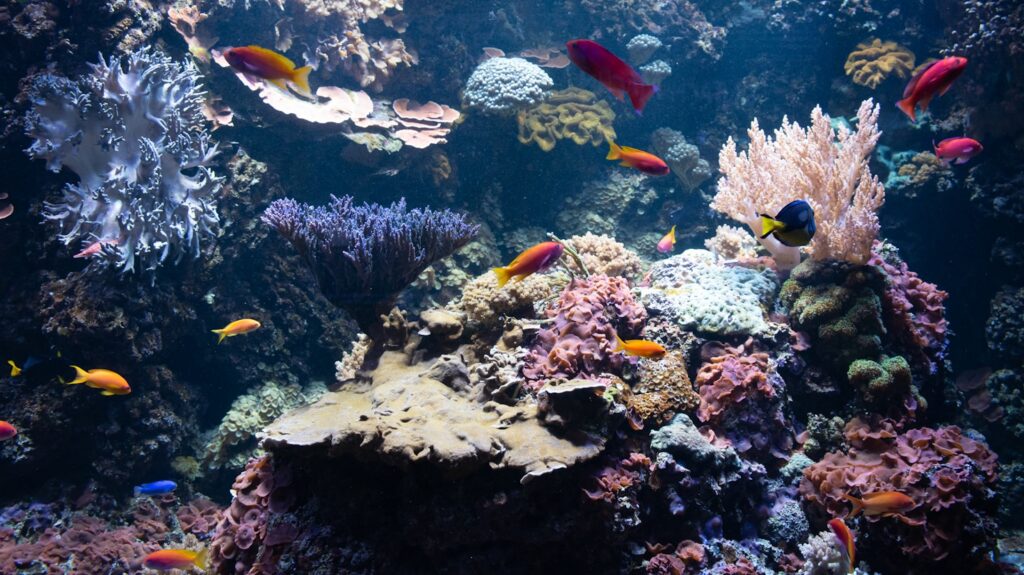
When designing hiding spots for your aquarium, both natural and artificial options offer distinct advantages. Live plants provide multifunctional benefits, serving as hiding places while also improving water quality, absorbing nitrates, and adding oxygen. Species like Java fern, Anubias, and Amazon sword plants create excellent natural cover with their broad leaves. Driftwood and rock formations not only create caves and overhangs but also can enhance water chemistry in beneficial ways for certain species. Manufactured decorations like ceramic caves, resin structures, and plastic plants offer durability and predictability—they won’t grow, die, or change shape unexpectedly. The best approach for most aquariums is a combination of both natural and artificial elements, creating a diverse environment that meets various hiding needs while maintaining visual appeal.
Creating Multi-Level Hiding Opportunities

A well-designed aquarium should offer hiding spots at various levels to accommodate the different swimming zones preferred by different species. Bottom-dwelling fish benefit from caves, tubes, and overhanging ledges placed directly on the substrate. Mid-water swimmers appreciate plants or decorations that reach into the middle regions of the tank, creating corridors and visual barriers. Surface-dwelling species need floating plants or tall decorations that reach near the water’s surface to provide overhead cover. This multi-level approach ensures that all fish have access to appropriate shelter, regardless of their preferred swimming zone. It also creates a more interesting visual display that mimics the complexity of natural aquatic environments where vegetation and structural elements exist at all water levels.
The Role of Plant Density in Creating Security
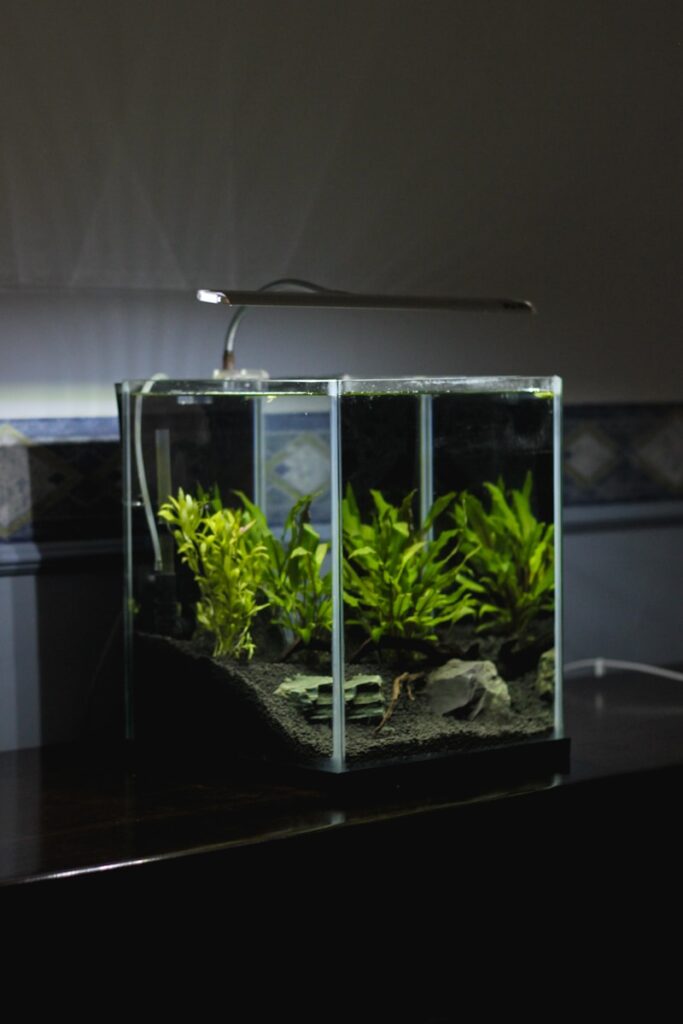
Aquatic plants serve as more than just aesthetic elements—they create essential microhabitats that help fish feel secure. Dense plantings break up sightlines in the aquarium, preventing fish from constantly seeing potential threats across the entire tank. This visual segmentation is particularly important in community tanks with mixed species, as it allows more timid fish to move about without feeling constantly exposed. Fast-growing stem plants like Rotala, Hygrophila, and Bacopa can quickly create living walls that define distinct areas within the aquarium. Floating plants with hanging roots, such as Amazon frogbit or water lettuce, provide excellent shelter for surface-dwelling species and fry. Even if maintaining live plants seems challenging, artificial plants strategically placed in dense arrangements can provide similar security benefits for stressed fish.
Hiding Spots for Breeding and Fry Protection

For fish that breed in home aquariums, specialized hiding spots become even more crucial during reproduction. Many species require specific structures for depositing eggs, such as flat stones for cichlids or fine-leaved plants for egg-scatterers like tetras. Cave-spawning species need appropriate hollows where they can guard their eggs and newly-hatched fry. Once fry are free-swimming, they are extremely vulnerable to predation, even from adult fish of their own species. Dense plants with fine leaves, specialty breeding “mops” made of yarn, or commercial fry shelters with small openings that only allow tiny fish entry can dramatically increase survival rates. These shelters also reduce stress on breeding adults, which often become more aggressive when protecting their young in exposed settings.
The Balance Between Hiding and Swimming Space
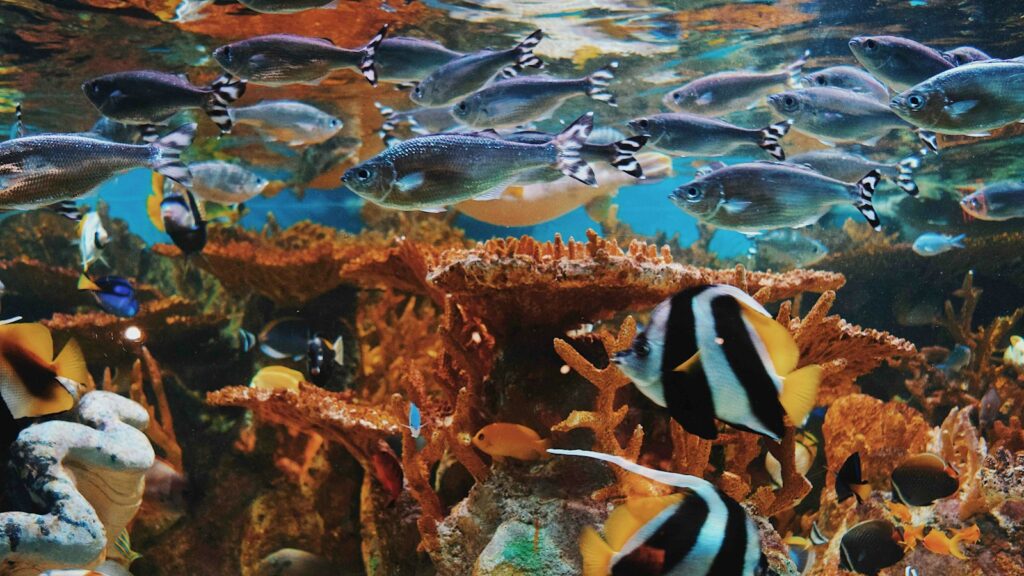
While hiding spots are essential, maintaining a balance between cover and open swimming areas is equally important for a healthy aquarium. Too many decorations can crowd the tank, reducing water volume and creating problematic dead spots with poor circulation. Fish need open areas to exercise, display natural swimming patterns, and engage in social behaviors. A good rule of thumb is to leave at least one-third of the tank as open swimming space, with hiding spots concentrated along the sides and back. This arrangement mimics natural edge habitats where fish can venture into open water but quickly retreat to safety when threatened. Strategically positioning hiding spots rather than randomly filling the tank allows for both security and freedom of movement, creating a more naturalistic environment.
Maintaining Hiding Places for Long-Term Benefit
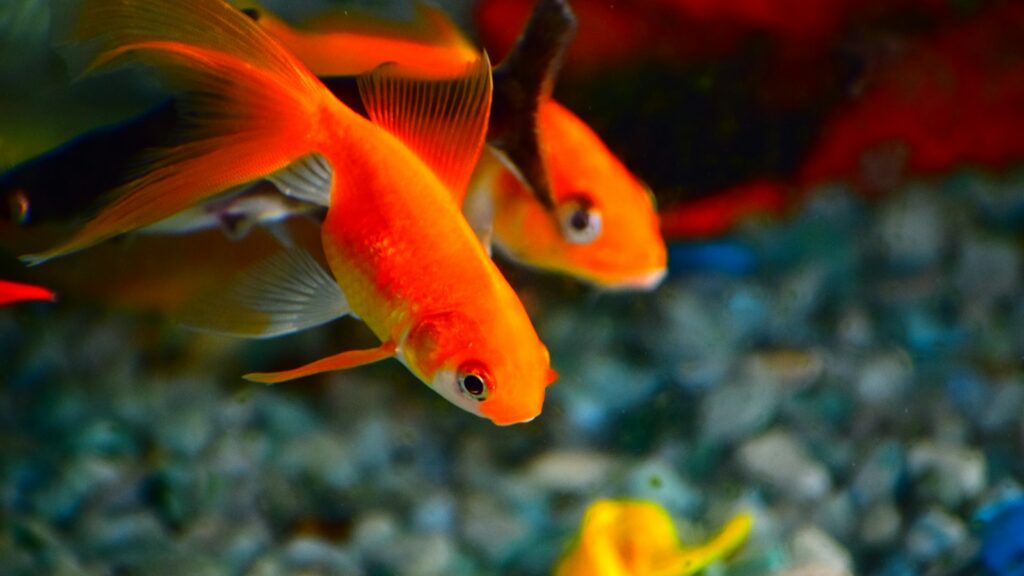
Creating hiding spots is not a one-time setup task—these areas require regular maintenance to continue providing benefits. Live plants need pruning, fertilization, and sometimes replanting to maintain their shelter-providing qualities. Artificial decorations should be periodically removed and cleaned to prevent the buildup of algae or detritus that can affect water quality. It’s important to check that caves and crevices haven’t become blocked with debris, as inaccessible hiding spots serve no purpose. When performing tank maintenance, try to avoid completely removing all hiding spots simultaneously, as this can cause extreme stress for fish suddenly exposed without shelter. Instead, work on sections of the tank during different maintenance sessions to ensure some cover remains available at all times.
Adapting Hiding Spots as Fish Grow
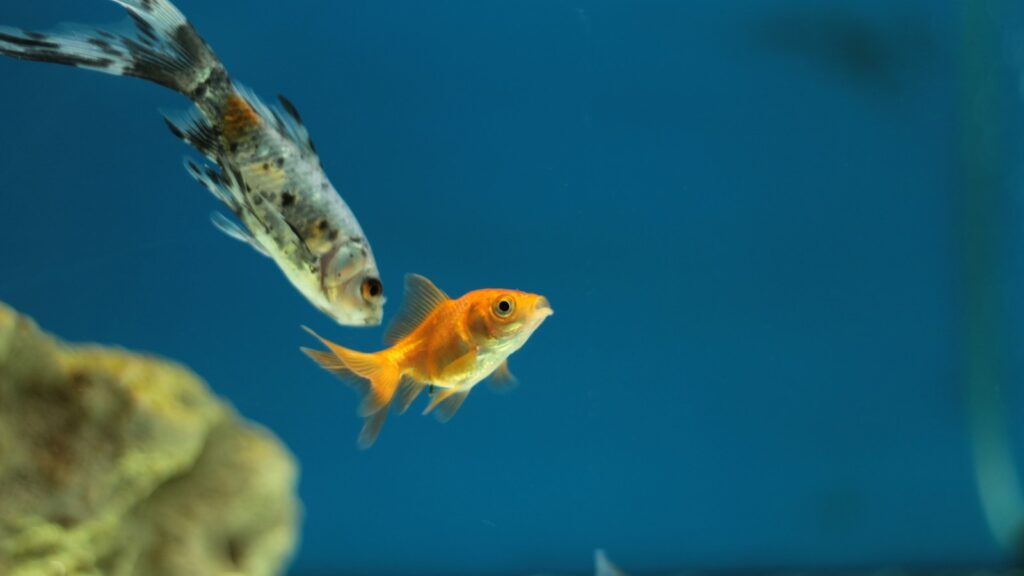
The hiding needs of an aquarium community change over time as fish grow and social dynamics evolve. What serves as adequate shelter for juvenile fish may become too small for adults, potentially creating dangerous situations where fish could become stuck. Regular assessment of whether current hiding spots still meet the needs of growing fish is essential for long-term aquarium success. For species with significant size changes, like many cichlids or catfish, planning ahead with adjustable or replaceable hiding options prevents future problems. Some clever aquarists create modular decorations that can be reconfigured as fish grow, such as stacked rocks that can be rearranged to create larger openings. This forward-thinking approach ensures that the stress-reducing benefits of hiding spots continue throughout the life of the aquarium.
The Psychological Benefits of Environmental Enrichment
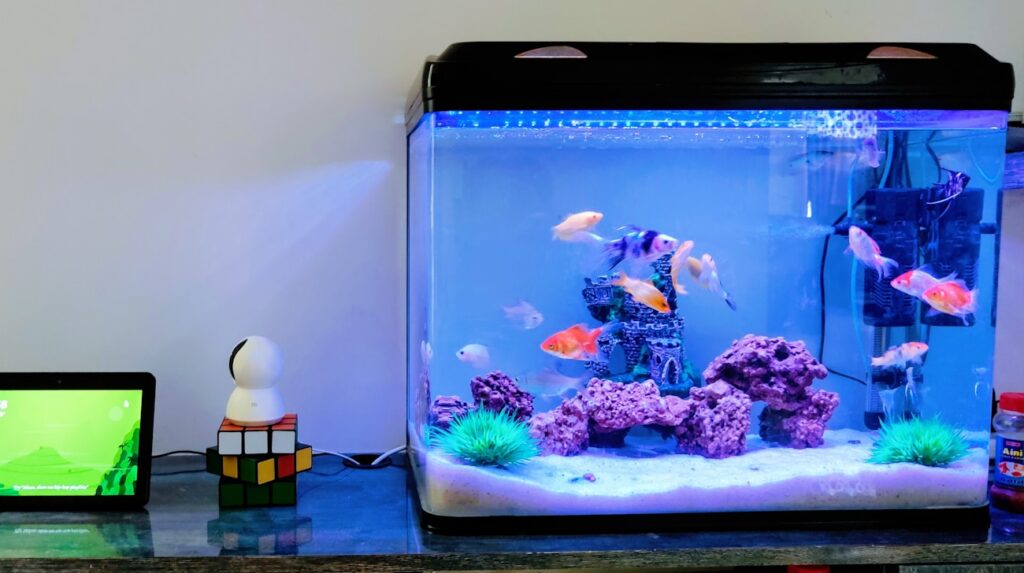
Beyond basic stress reduction, well-designed hiding spots contribute to overall environmental enrichment that promotes natural behaviors and cognitive stimulation. Fish in enriched environments with varied hiding options typically display more diverse behaviors, better color development, and more successful breeding attempts. Complex environments allow fish to make choices about their location based on time of day, social interactions, or current needs—a form of environmental control that reduces stress. Studies in both wild and captive fish populations demonstrate that environmental complexity correlates with reduced aggression, lower disease rates, and improved lifespans. By creating diverse hiding options throughout the aquarium, hobbyists aren’t just decorating—they’re providing important psychological benefits that contribute to the thriving of their aquatic pets.
Creating appropriate hiding spots in an aquarium isn’t just about aesthetics—it’s a fundamental aspect of responsible fish keeping that addresses the biological and psychological needs of our aquatic pets. By understanding why fish seek shelter and providing species-appropriate options, aquarists can significantly reduce stress in their tanks, leading to healthier, more colorful, and more naturally behaving fish. Whether using plants, rocks, driftwood, or manufactured decorations, the goal remains the same: to create an environment where fish feel secure enough to display their natural behaviors. A well-designed aquarium balances hiding opportunities with swimming space, creating a dynamic environment that benefits all inhabitants while providing a more fascinating display for human observers.


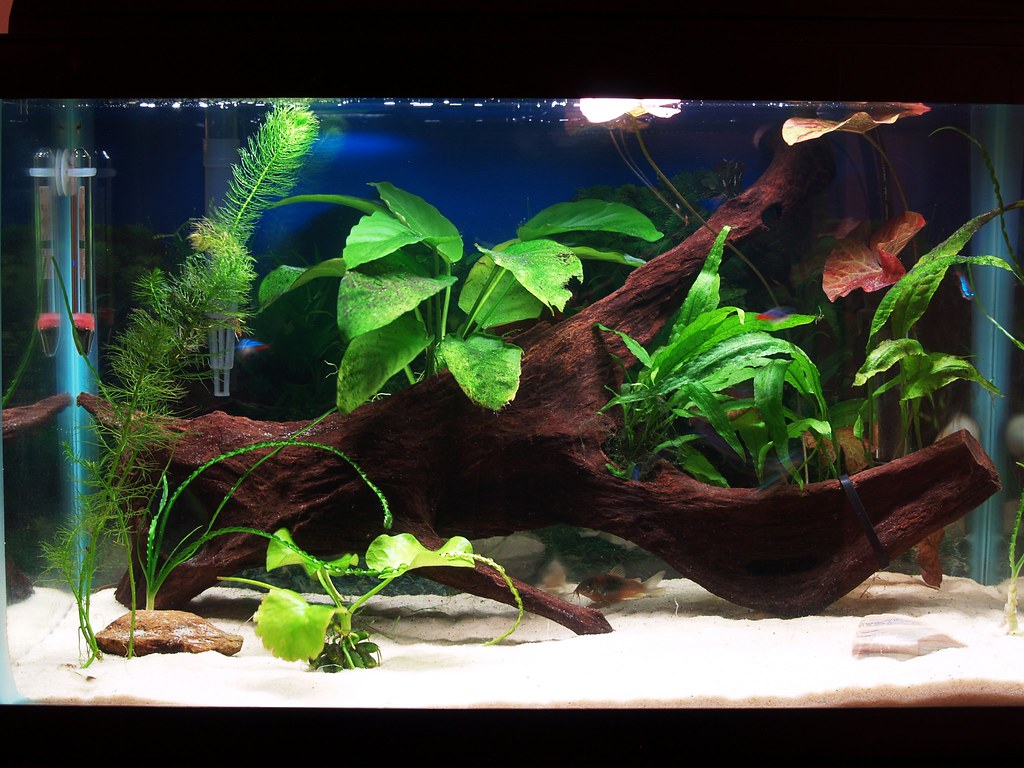
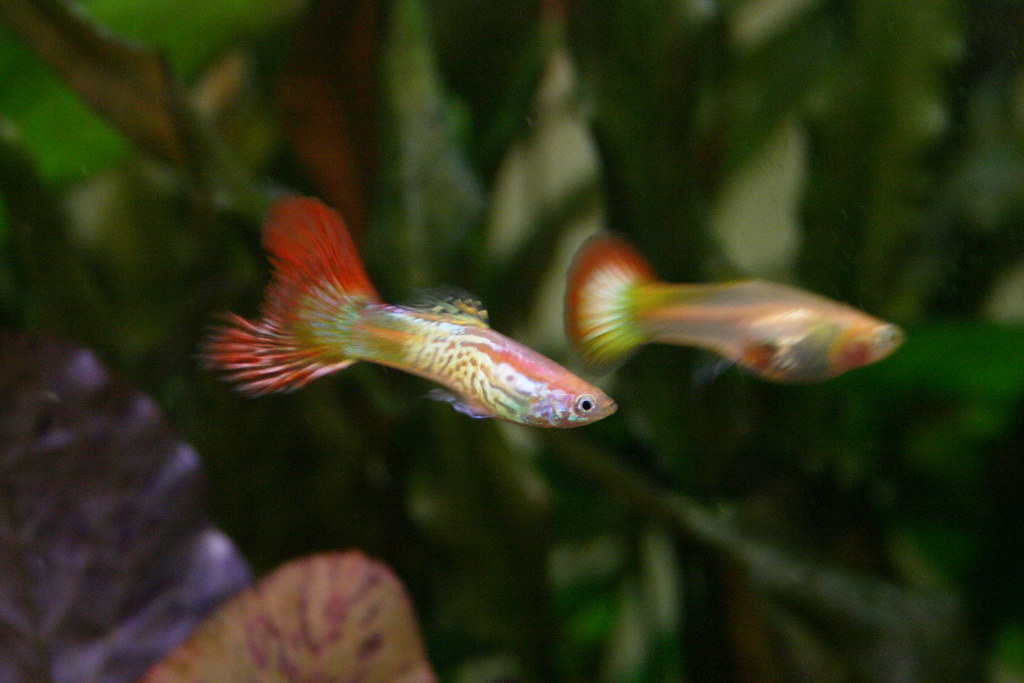


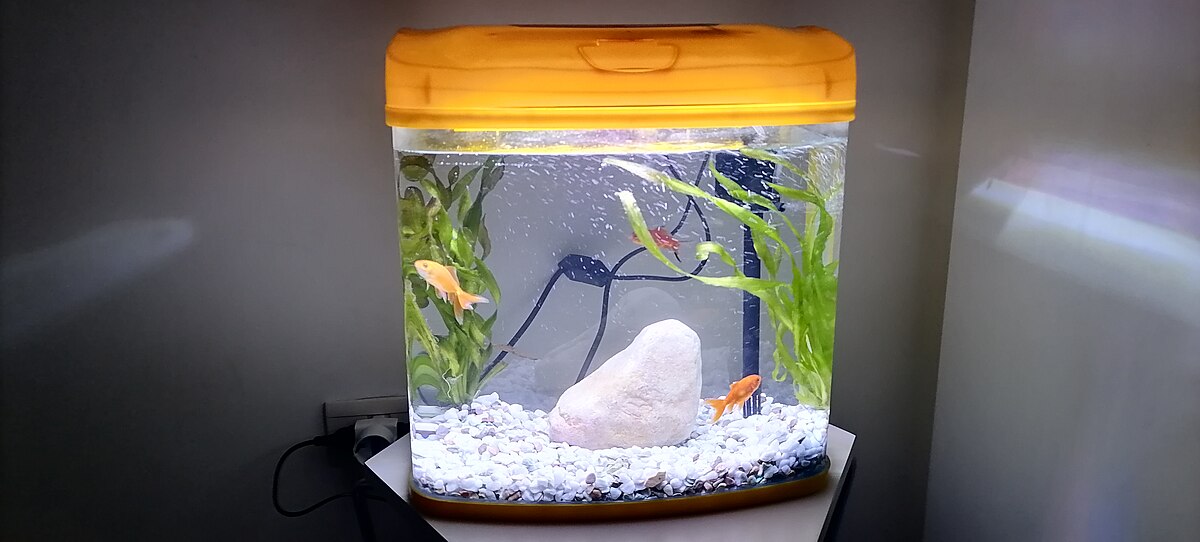
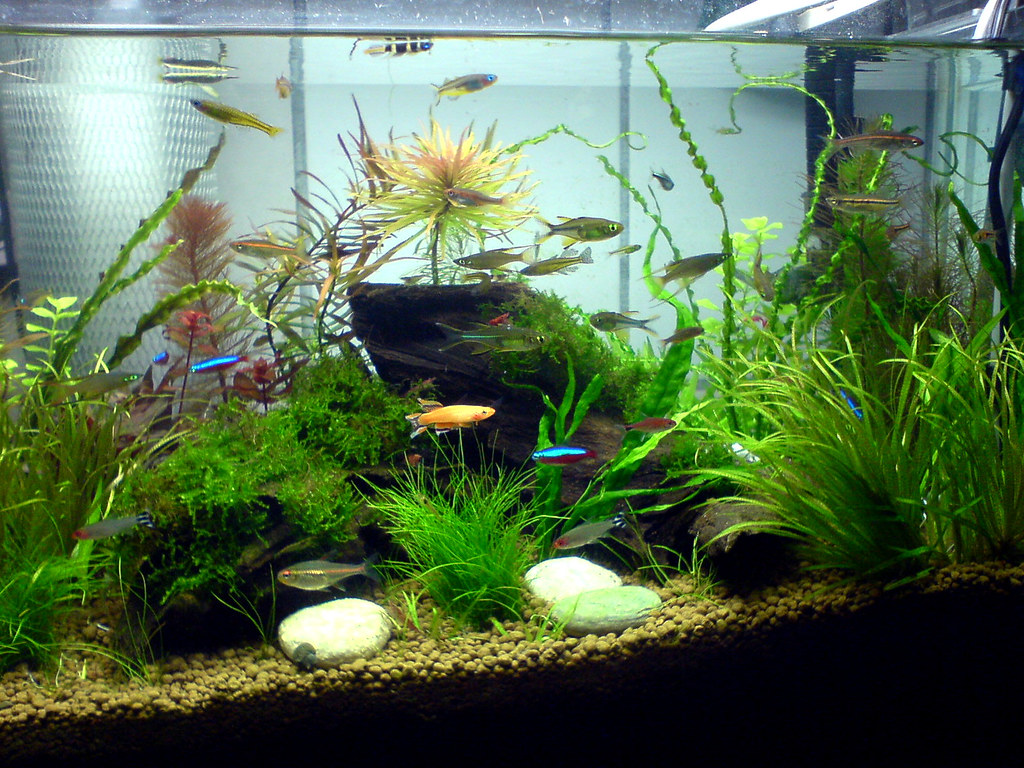
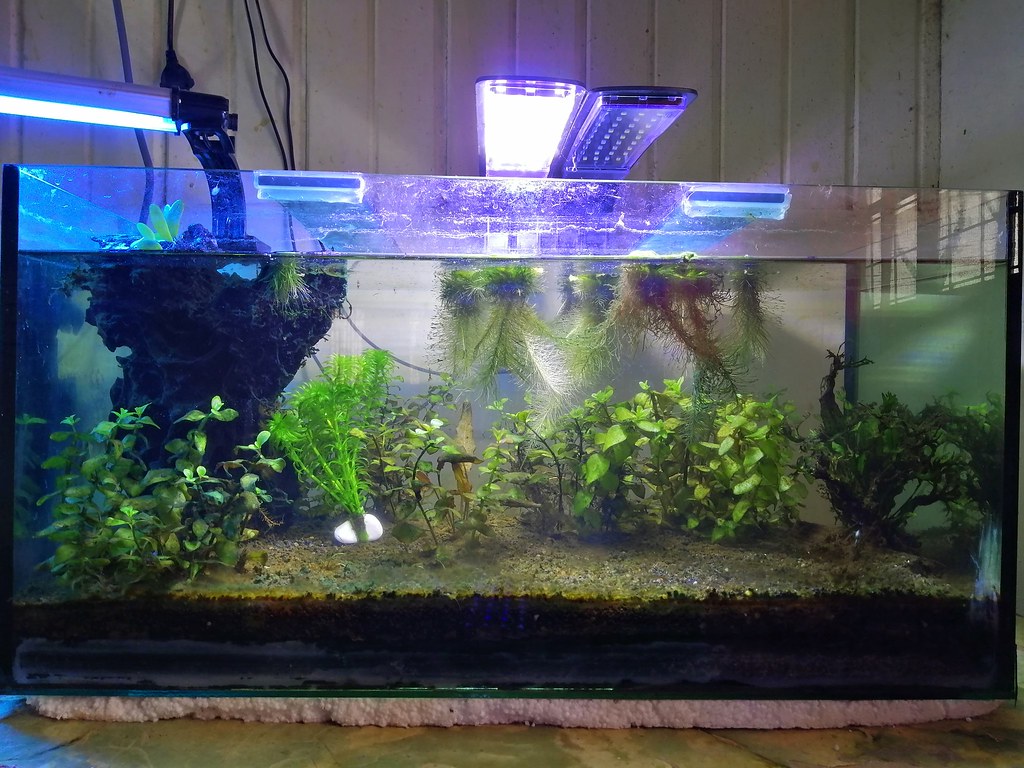
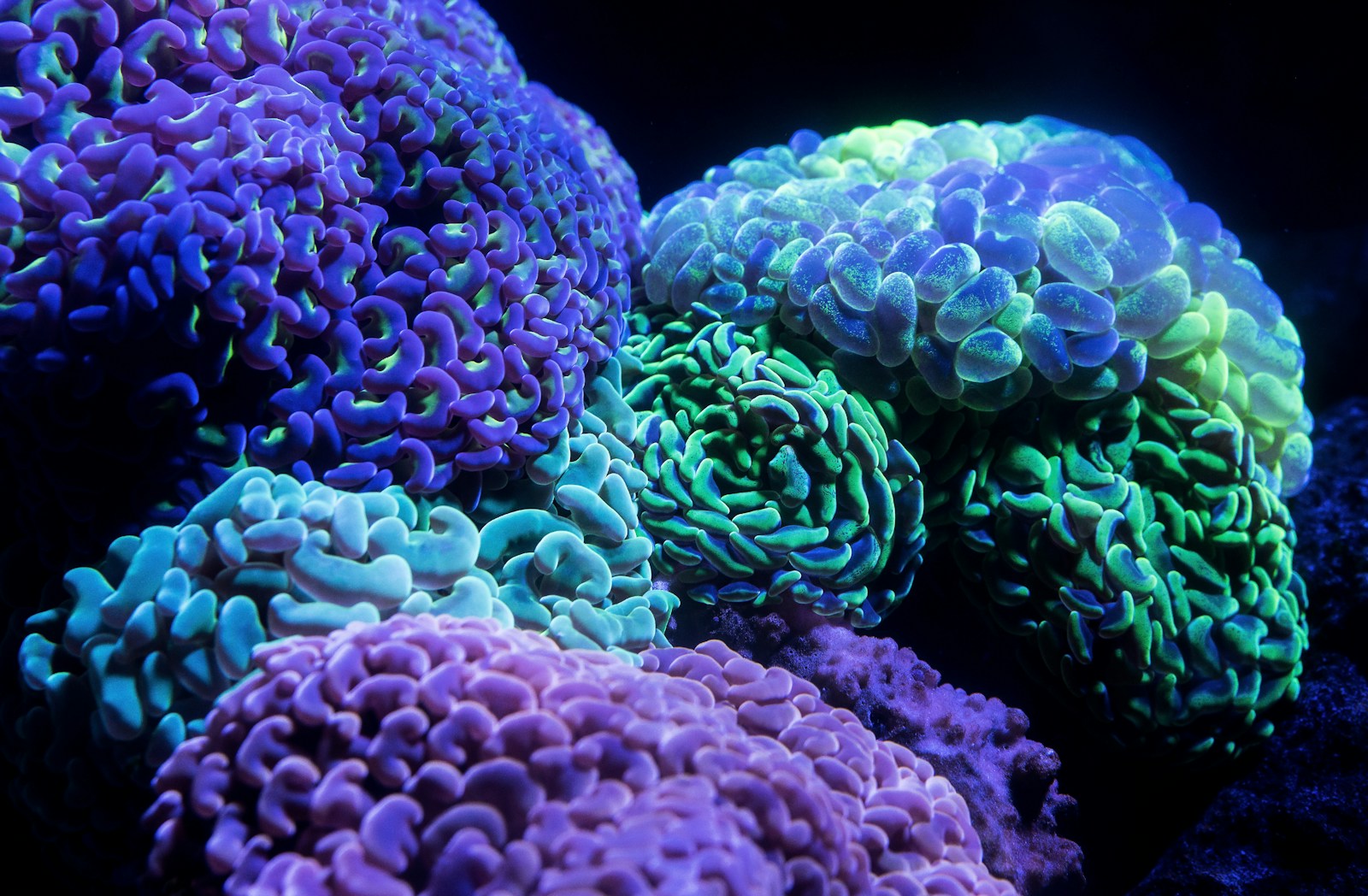

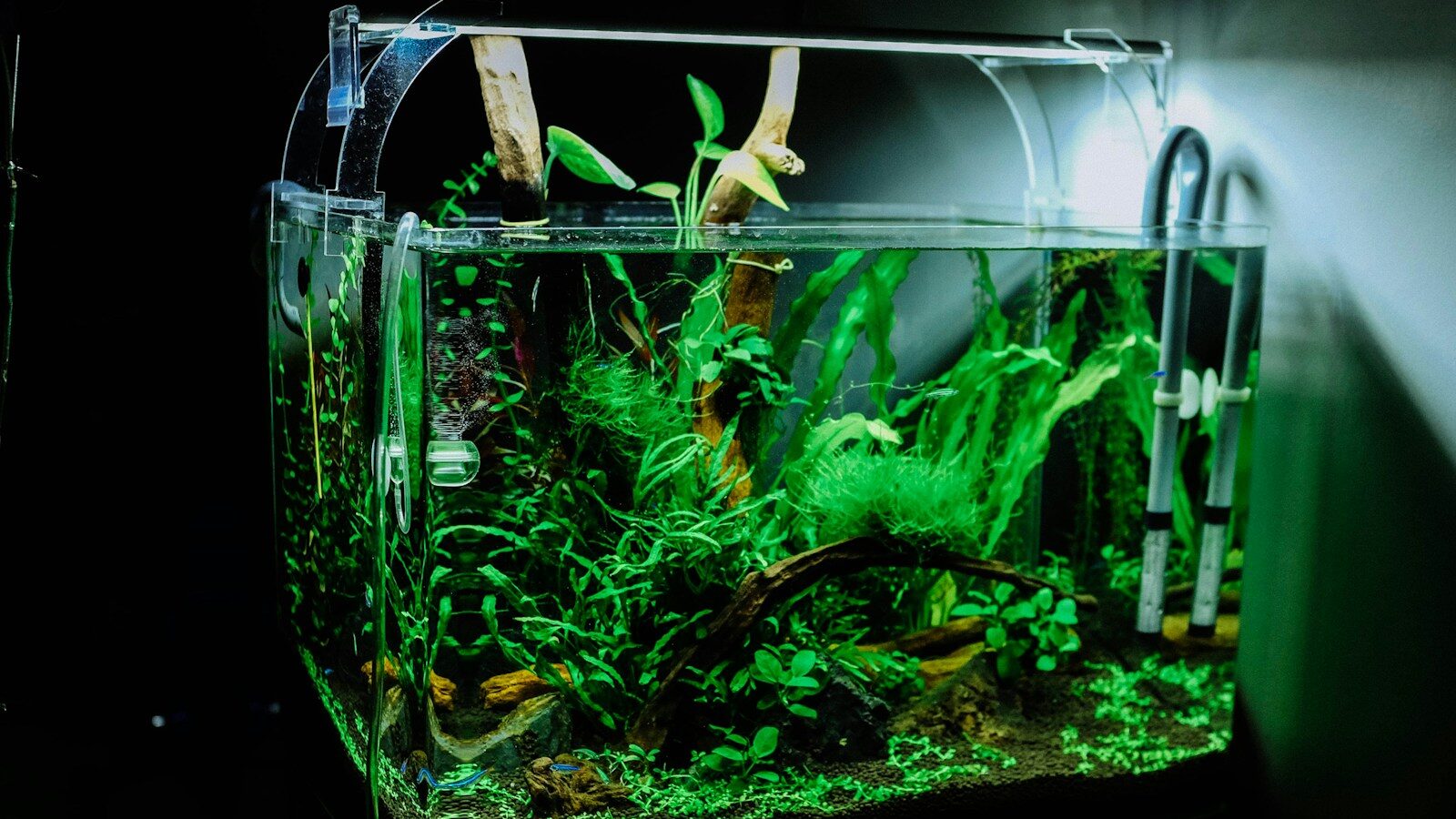




Leave a Reply